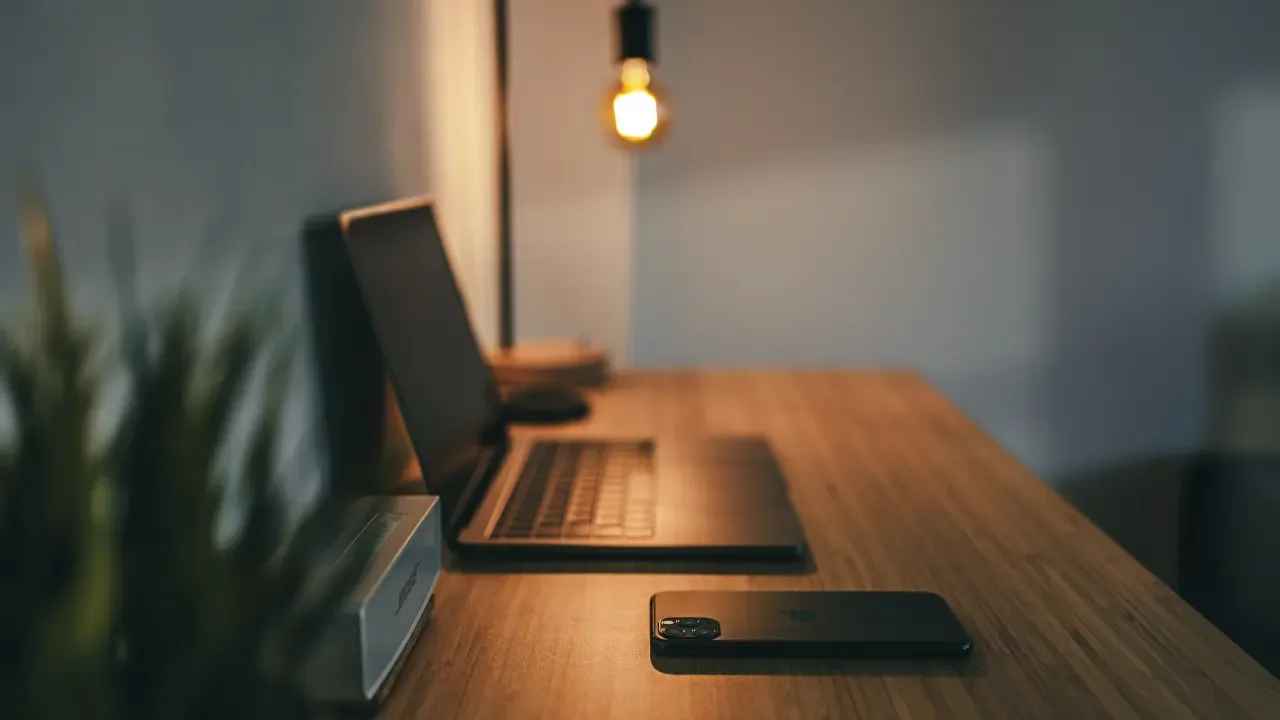Flutter: upgrade the version code for play store

Upgrade the Version Code for Play Store: A Comprehensive Guide for Flutter Developers
📱📈 Hey there, Flutter developers! So, you've built an amazing Flutter application and now you want to update it on the Google Play Store, right? Upgrading the version code can be a little tricky sometimes, but worry not, because we're here to help you out! In this guide, we'll address common issues, provide easy solutions, and ensure a seamless process for upgrading the version code in Flutter.
📝 Before we dive into the solutions, let's understand the root cause of the problem you faced. The error message you encountered while trying to change the version code clearly states that the code "1" is already assigned to another APK or Android App Bundle. Which means, you need to assign a unique and higher version code to your application.
✨💡 Now, let's explore a couple of easy solutions to upgrade the version code and effectively update your app on the Play Store:
Solution 1: Using Flutter Command-Line Interface (CLI)
The first method involves using the Flutter CLI to build your APK with a specific version code. Here are the steps:
Open your terminal or command prompt.
Navigate to the root directory of your Flutter project.
Run the following command:
flutter build apk --build-name=2.0.0 --build-number=3In this command, replace 2.0.0 with the desired new version name and 3 with the new version code. Make sure to choose a version code higher than the one you previously used!
Once the build process completes successfully, you'll find the updated APK file in the
build/app/outputs/flutter-apkdirectory. This APK file can now be uploaded to the Play Store.
Solution 2: Modifying the local.properties File
If the first solution didn't work for you or you prefer manually modifying configuration files, this alternative is for you! Here's how you can change the version code by modifying the local.properties file:
Locate the
local.propertiesfile in the android directory of your Flutter project.Open the file using a text editor.
Look for the lines containing
flutter.versionName,flutter.versionCode, andflutter.buildMode. Modify these lines to reflect the desired version name, version code, and build mode.For example, update the lines as follows:
flutter.versionName=2.0.0 flutter.versionCode=3 flutter.buildMode=releaseSave the changes to the
local.propertiesfile.
🎉 Great job! You've successfully upgraded the version code for your Flutter application. Now, let's address the potential issues you might encounter during the process.
Troubleshooting Common Issues
Issue 1: Invalid Version Code Format
When modifying the version code, it's essential to ensure that you follow the correct format. The version code should be an integer greater than the previously used code.
Issue 2: Gradle Build Errors
In some cases, modifying the version code might result in Gradle build errors. Ensure that you have the latest Flutter and Gradle versions installed. Additionally, checking for any conflicting dependencies or incorrect configurations in your project files is crucial.
If you face any of these issues or encounter anything else, don't worry! Feel free to seek help from the vibrant Flutter community or consult Flutter's official documentation.
📢💬 Now, it's time for some reader engagement! Have you encountered any issues while upgrading the version code in Flutter? What solutions worked best for you? Let us know in the comments below and make sure to share this blog post with your fellow Flutter developers!
✏️ That's it, folks! We hope this comprehensive guide was helpful to you. Upgrading the version code for your Flutter application is essential to ensure a seamless user experience and timely updates. Stay tuned to our blog for more exciting Flutter-related content and happy coding! 🚀
Take Your Tech Career to the Next Level
Our application tracking tool helps you manage your job search effectively. Stay organized, track your progress, and land your dream tech job faster.



